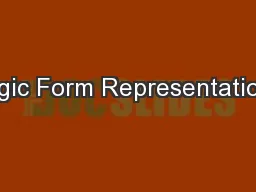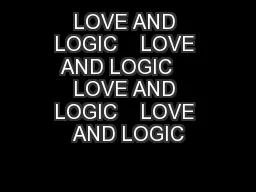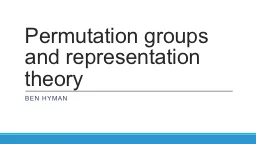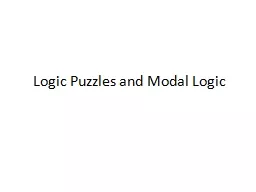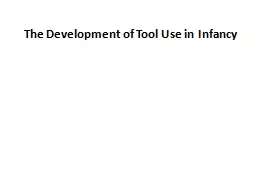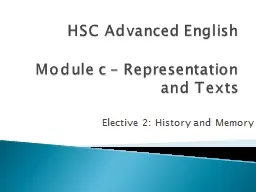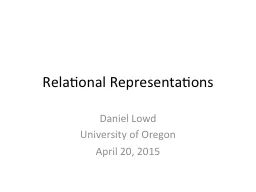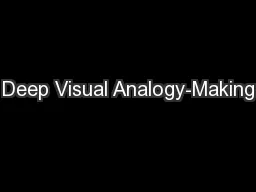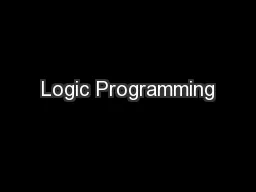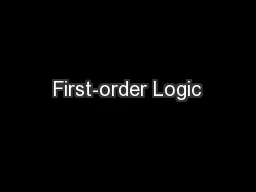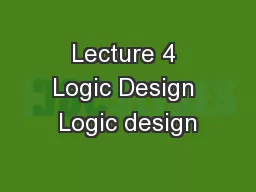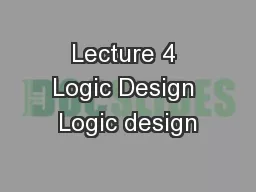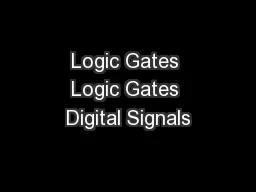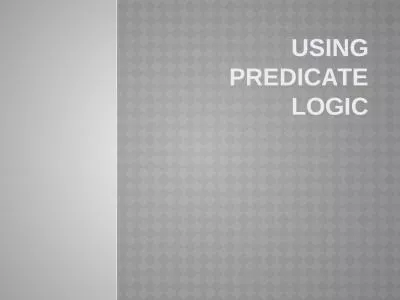PPT-Logic Form Representations
Author : alexa-scheidler | Published Date : 2017-12-14
Reading Chap 14 Jurafsky amp Martin Slide set adapted from Vasile Rus U Memphis Instructor Rada Mihalcea Problem Description There is need for Knowledge Bases Eg
Presentation Embed Code
Download Presentation
Download Presentation The PPT/PDF document "Logic Form Representations" is the property of its rightful owner. Permission is granted to download and print the materials on this website for personal, non-commercial use only, and to display it on your personal computer provided you do not modify the materials and that you retain all copyright notices contained in the materials. By downloading content from our website, you accept the terms of this agreement.
Logic Form Representations: Transcript
Download Rules Of Document
"Logic Form Representations"The content belongs to its owner. You may download and print it for personal use, without modification, and keep all copyright notices. By downloading, you agree to these terms.
Related Documents

